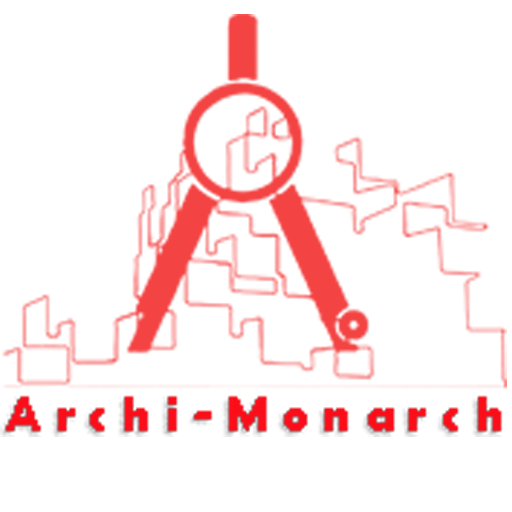In architecture, a ferrule connection refers to a type of mechanical joint that uses a small cylindrical metal or plastic ring (ferrule) to securely fasten or reinforce components, often in piping systems, curtain wall assemblies, or cable railings.
Ferrules are typically used to create strong, leak-proof connections by compressing around the material they encase, such as wires, tubes, or rods.
In architectural applications, especially in modern steel and glass structures, ferrule connections are valued for their clean, minimal appearance and structural reliability. They are often employed in tension systems, handrails, and facade supports where both aesthetic and functional performance are important.
If you want to know about the kitchen detail or miscellaneous detail or water tank detail, please click the link.
Image of Ferrule connection detail and downloadable (in DWG) link below

Ferrule connection detail drawing – 1
A ferrule connection detail drawing in construction typically illustrates how ferrules are used to create secure joints between elements such as cables, rods, or pipes in architectural or structural systems. These drawings are crucial for understanding the assembly, alignment, and performance of the connection.
Key Components Shown in a Ferrule Connection Detail Drawing:
- Ferrule: A cylindrical sleeve made of metal (usually stainless steel or brass) that is crimped or swaged onto the end of a cable or rod.
- Cable/Rod/Pipe: The structural element being joined or tensioned.
- Anchor Point or Fitting: The fixed element into which the ferrule is inserted or attached.
- Crimping or Swaging Area: Highlighted to show where mechanical force is applied to compress the ferrule onto the cable.
- Load Direction and Tension Line: Often shown with arrows to indicate how force is transmitted through the connection.
- Protective Sleeves or End Caps: Sometimes included for safety and aesthetic purposes.
- Material Specifications: Labels indicating material types and finishes (e.g., stainless steel grade 316).
Use Cases in Architecture:
- Tensile cable systems in trusses or green walls.
- Cable railings for stairs or balconies.
- Curtain wall supports where cables provide structural support with minimal visual obstruction.
These detail drawings help ensure precision during fabrication and installation, and they are essential in communicating the design intent, structural integrity, and aesthetic requirements of the connection.
Our tips to help you improve your architectural Ferrule connection detailing.
